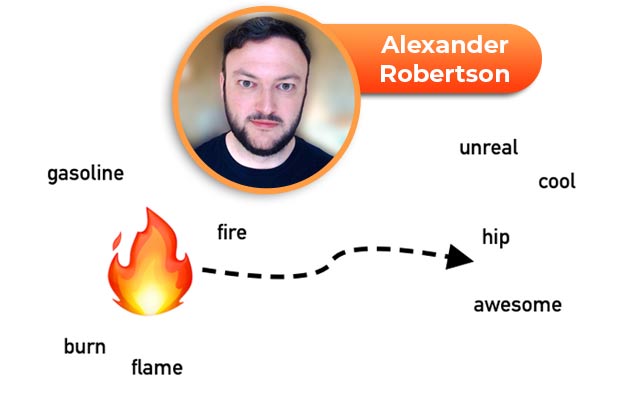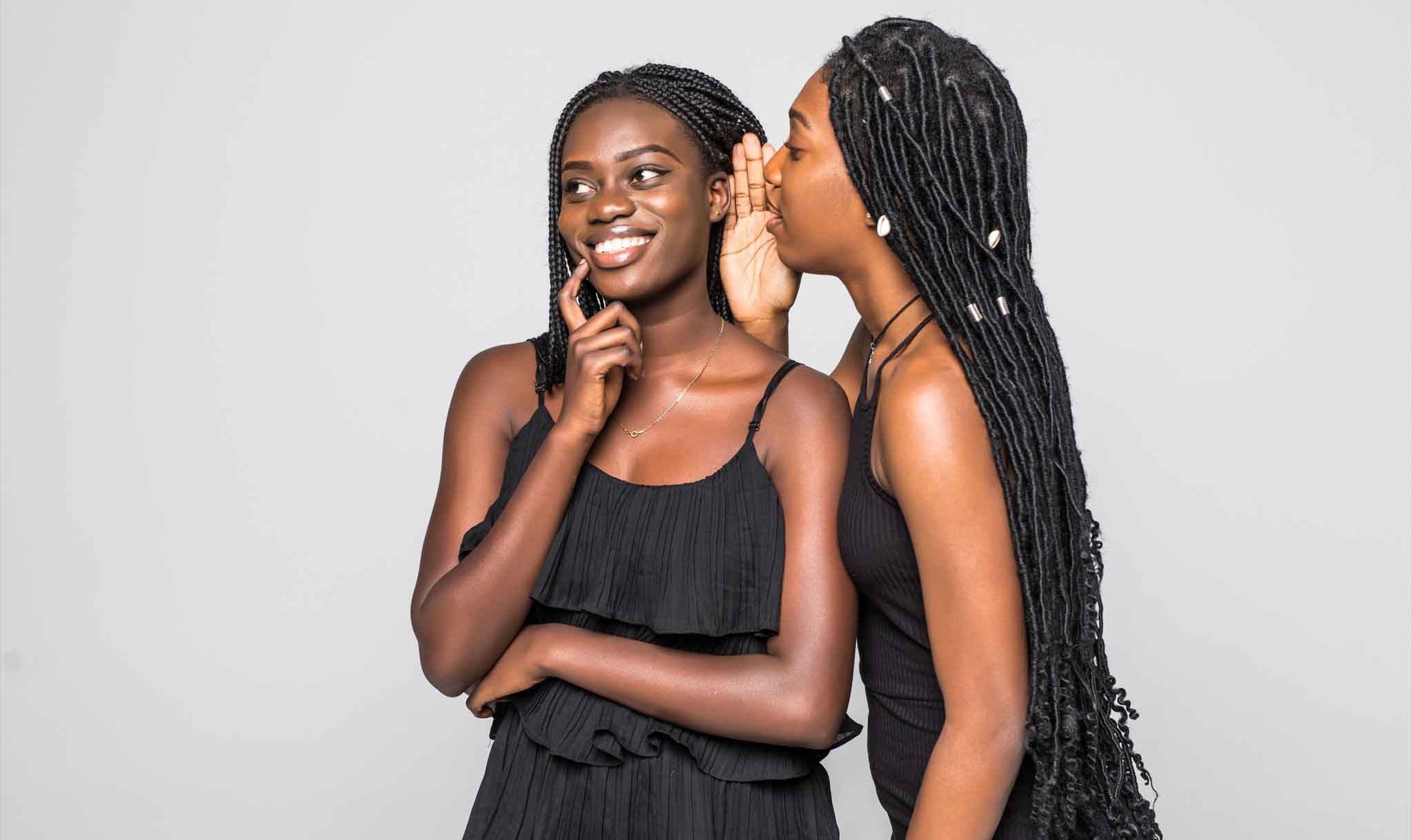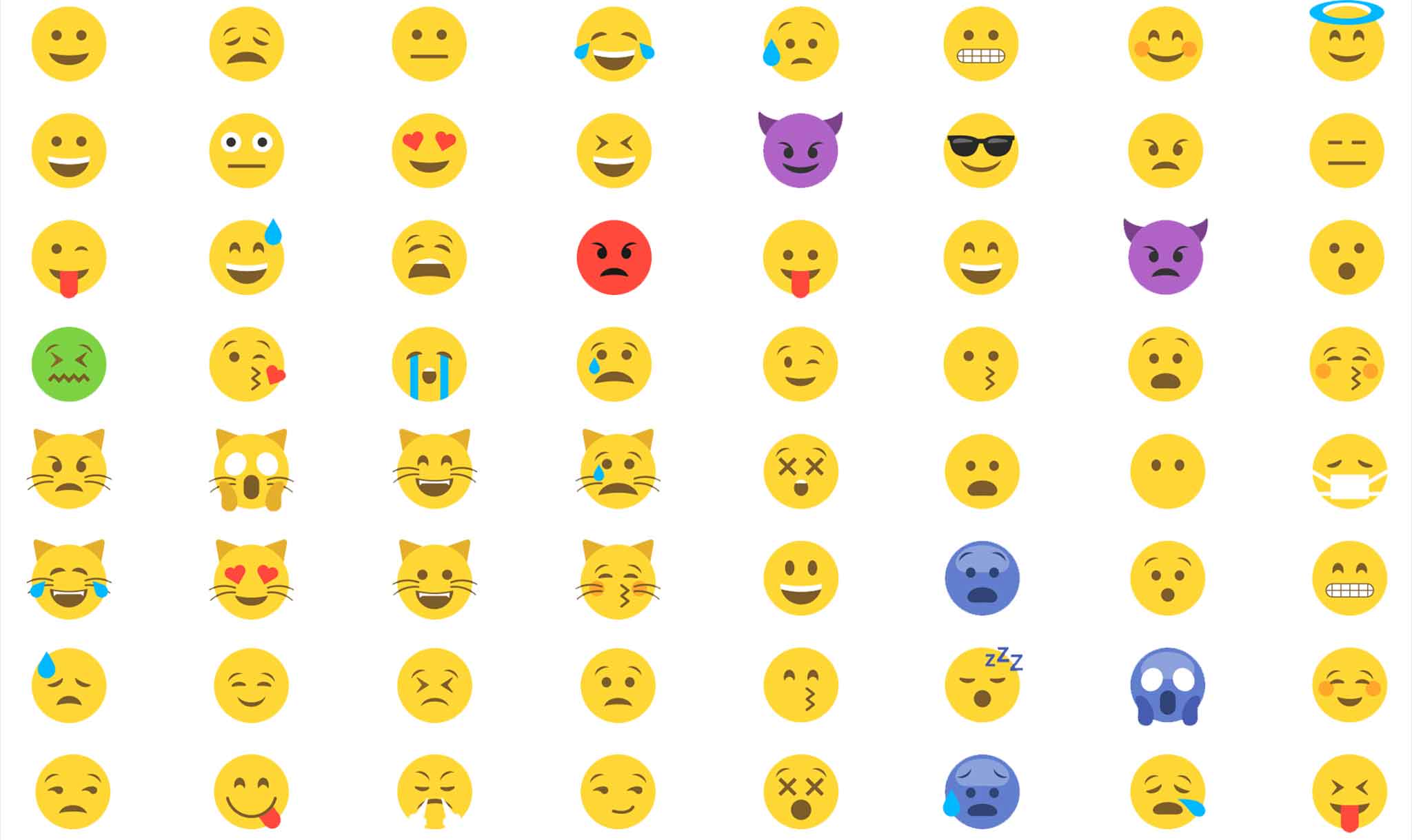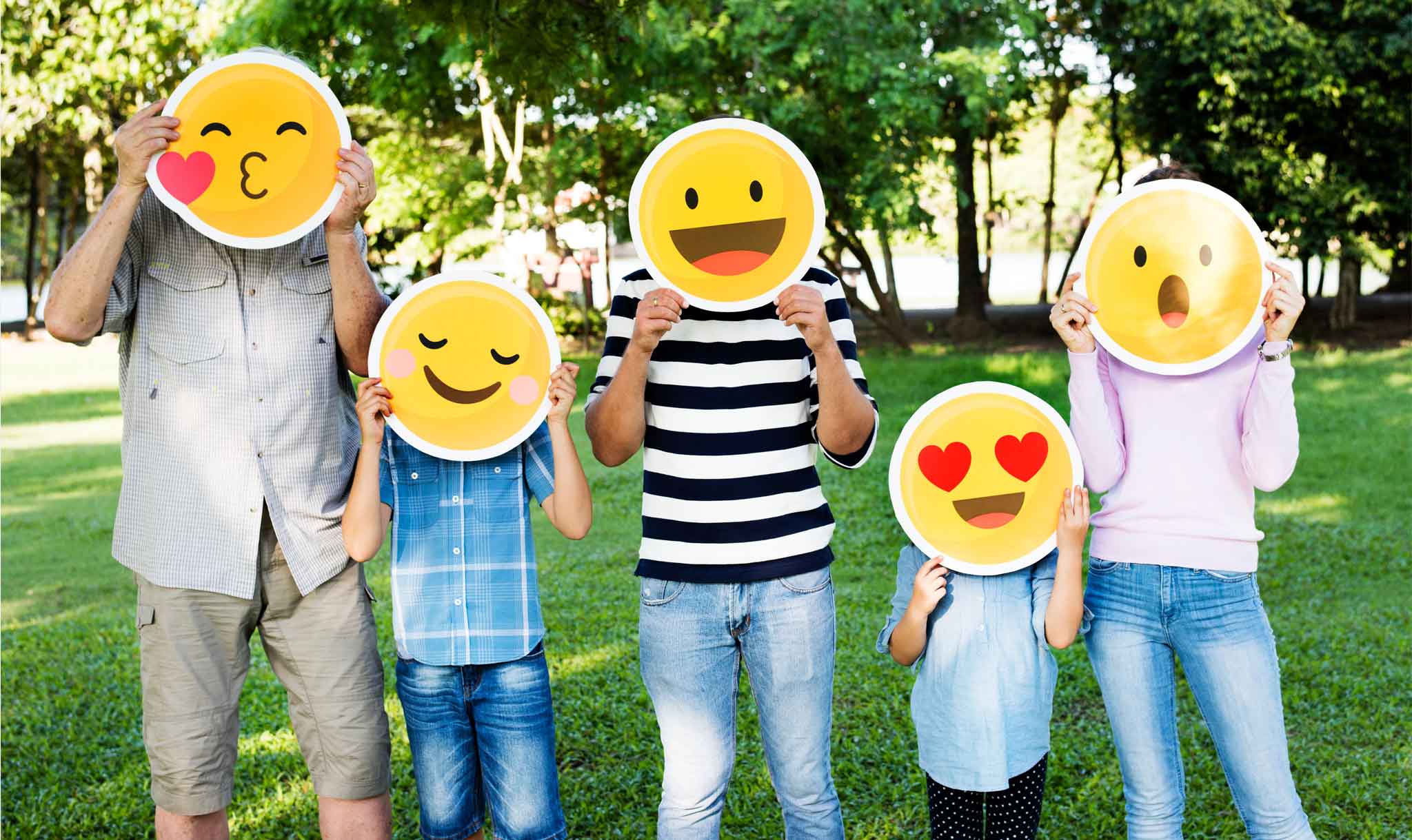Is it just a flame? Or does it mean something is “lit”?
People say all kinds of things with emojis. Researchers in Europe wanted to find out more about these little characters and what people by sending them. The experts released a study about the meaning of emojis on Monday!
Alexander Robertson is one of the researchers. “I think emoji can be useful for communicating online,” he told News-O-Matic. “Sometimes with just text it is hard to tell if someone is being serious or funny,” the researcher added. “That can lead to misunderstanding.” He said emojis help communicate more clearly online.
So, Robertson and his coauthors set out to find out more about how we use emojis. “First, we collected data from Twitter,” Robertson shared. Twitter is a social media platform. The team looked through more than 1.7 billion tweets from 2012 to 2018. “Then, we the emoji in those tweets to see what words they were used with,” Robertson added. “This let us build a map of words and emoji.”
The researchers then studied those charts. “Just like a normal map, we can measure the distance between two things,” Robertson said. “With our map, the distance represents how similar the things are in meaning.” For example, the team made a map for the fire emoji. The character started off near words like flame and burning. Over time, however, the emoji moved closer to words like hip and awesome. “This means people were using it differently,” Robertson said.
The snake emoji followed a similar trend. In 2012, the serpent was used with words like animal. But a few years later, people started to send the snake with words like hater and bully.
Some emojis change meaning even more often though. For example, the tree emoji usually just means tree. But during the months of October through December, people use it to refer to Christmas!
Still, Robertson and the team found that most emojis haven’t changed meaning much. He said that makes sense though. “Imagine if words changed all the time,” Robertson explained. “It would be difficult to understand what anyone really meant!”
The researchers still have some unanswered emoji questions. “One question is why some emoji change their meaning but others don’t,” Robertson said. “That’s a very difficult question. I think that young people might have the answer,” he added. “They are the ones who are most creative with language.”
Robertson added that kids like you can help with future emoji research. “Think about the way you use language to communicate and how it changes,” he said. You could make the next groundbreaking emoji discovery!
Updated May 19, 2021, 5:02 P.M. (ET)
By Alexa Tirapelli





